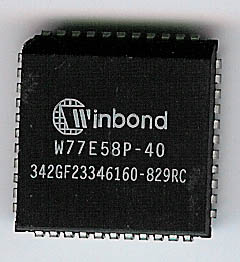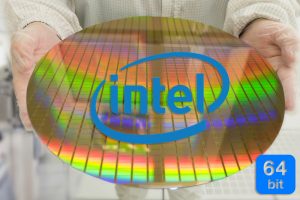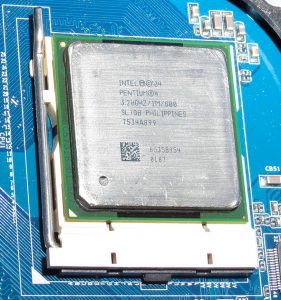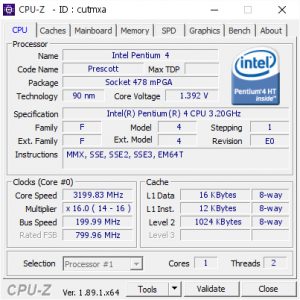The Forgotten Ones: RISCy Business of Winbond
Winbond Electronics was founded in Taiwan back in 1987, and is most widely known for their memory products and system I/O controllers (found on many motherboards of the 1990s). They also made a wide variety of microcontrollers, mostly based on the Intel MCS-51 core, like many many other companies have and continue to do. They also made a few 8042 based controllers, typically used as keyboard controllers, and often integrated into their Super I/O chips. So why do I find myself writing about Winbond, whose product portfolio seems admittedly boring?
It turns out, that once upon a time, Winbond decided to take a journey on a rather ambition path. Back in the early 1990’s they began work on a 32-bit RISC processor, and not an ARM or MIPS processor that were just starting to become known at the time, but a processor based on the HP PA-RISC architecture. This may seem a odd, but HP, in a shift form their previous architectures, wanted the PA-RISC design to be available to others. The Precision RISC Organization was formed to market and develop designs using the architecture outside of HP. HP wanted to move all of their non-x86 systems to a single RISC architecture, and to help it become popular, and well supported, it was to be licensed to others. This is one of the same reasons that made x86 so dominate in the PC universe. More platforms running PA-RISC, even of they were not HP, meant more developers writing PA-RISC code, and that mean more software, more support, and a wider user base. Along with Winbond, Hitachi and OKI also developed PA-RISC controllers. Winbond’s path was innovative and much different then others, they saw the need for easy development as crucial to their products success, so when they designed their first PA-RISC processor, the W89K, they made it a bit special.
Posted in:
CPU of the Day






